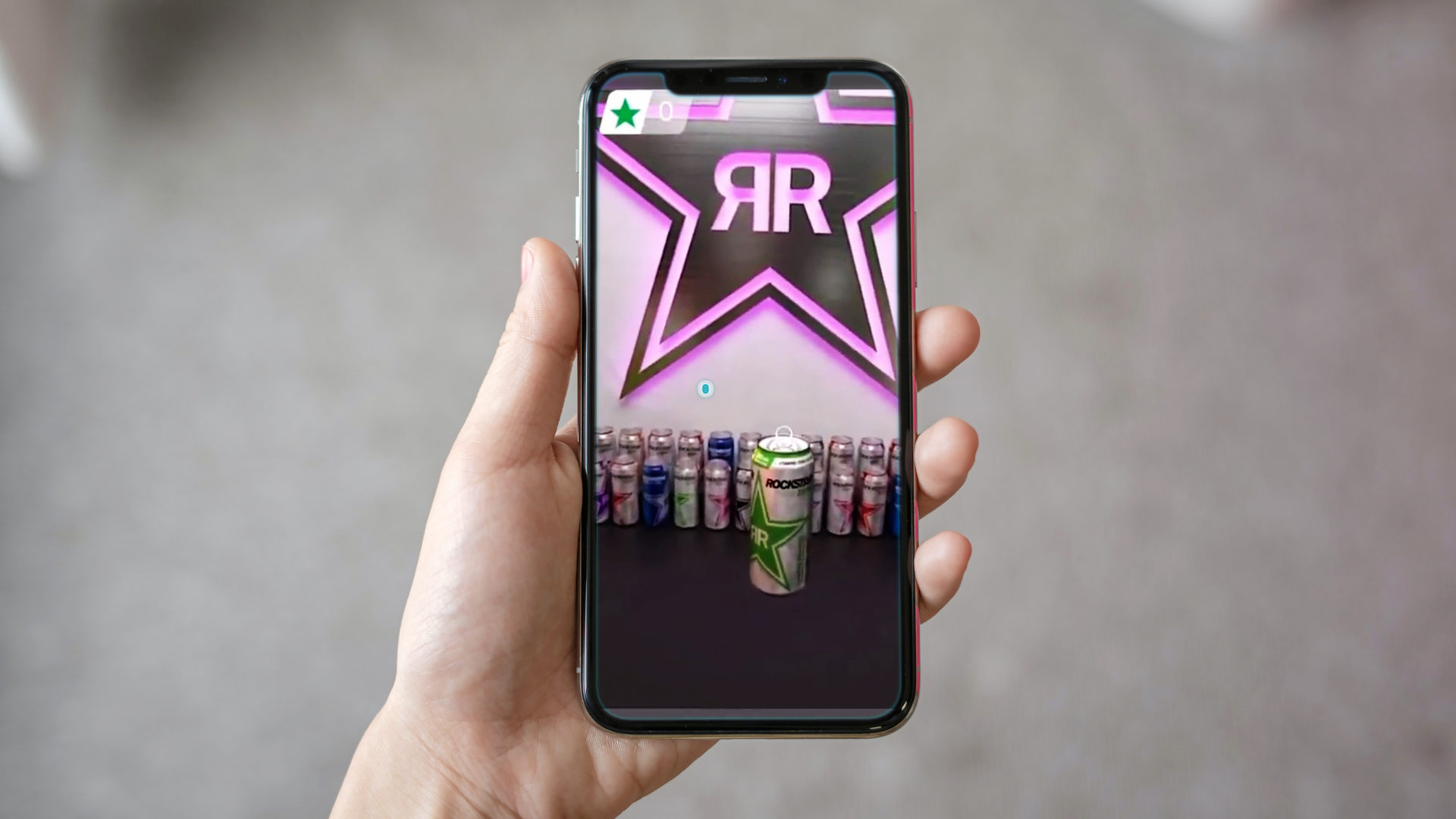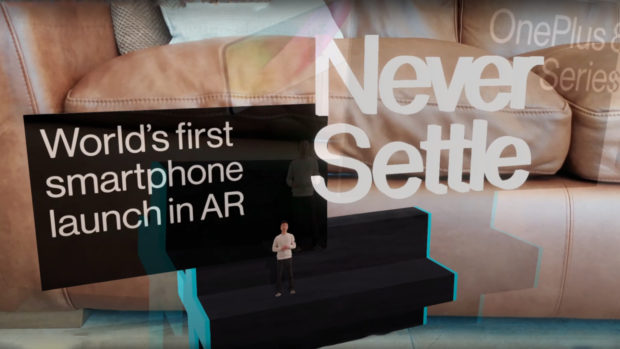Pre-pandemic, Augmented Reality (AR) was already one of the most exciting and creative technologies available to marketers. Multiple global restrictions and challenges across the last year, however, have propelled its transition into a vital technology for connecting customers and brands, with the AR industry now forecast to reach a size of over $340billion by 2028.
But what is enabling AR to flourish? Alongside the rollout of 5G, and investments from the likes of Google and Facebook, one key development that is driving adoption is how consumers access AR experiences - and the shift from app to WebAR.
So what is WebAR, and why is it such a game changer?
From App to Browser
AR experiences haven’t always been straightforward to access, often requiring users to first download dedicated apps, creating a barrier that was preventing brands and businesses from realising the full potential of AR.
Blippar’s vision is that AR will be ubiquitous, and our mantra is ‘build once, deploy anywhere’. So, in 2019, we created our WebAR technology that allows users to simply scan a QR code or tap on a hyperlink and access an AR experience through their mobile browser, no matter what operating system or handset they are using - wherever they are in the world.
WebAR in action
WebAR is enhancing - and even replacing - the in-person purchasing journey. For example, huge beauty brands like Max Factor and Bobbi Brown have created contactless try-before-you-buy experiences. The technology is also being used by brands to immerse customers in the world of their products, with the likes of Rockstar Energy creating AR portals to experiences that leave much more of a lasting impact than any static or display advertising campaign. Companies like OnePlus are also using the technology to transform product launches – its 26-minute bespoke live AR launch for OnePlus Nord reached thousands of users simultaneously across the globe, engaged over 620,000 concurrent 3D viewers, and over 7 million viewers post-event.




